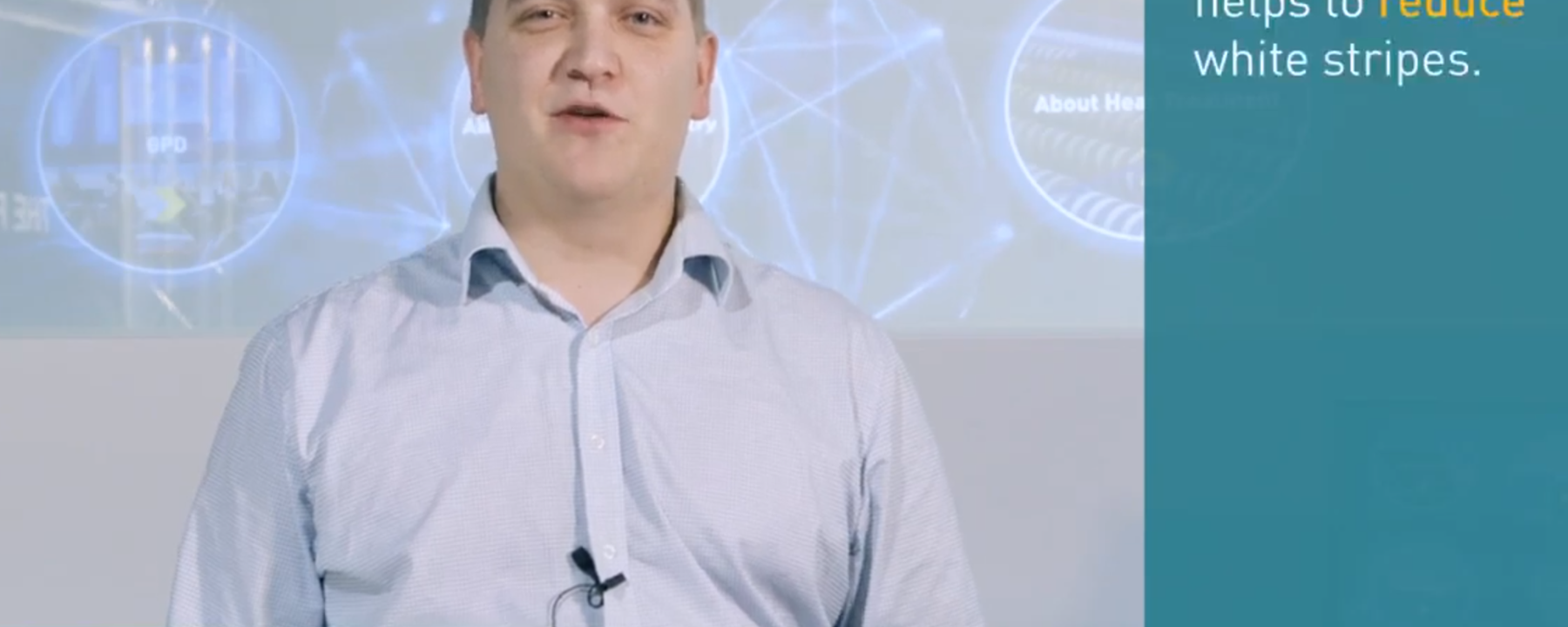
This week, we are dealing with these three questions:
Yes, the lower line speed helps to reduce the white stripes. However, very accurate movement and heating control are needed to prevent localized glass temperature differences. Too slow line speed at the end of the heating cycle can increase roller wave and edge kink.
Typically, the recommended transfer speed for 6-mm coated glass is around 300–400 mm per second. Thinner glass needs faster transfer speed than the thick glass.
To be sure that there is no material weakening of the rollers, we recommend that furnace temperature before stopping the rollers is about 300 °C.
Sign up for Glastory newsletter
We answer your questions about glass processing. Let us know your challenges and we promise to do our best to help you.
Comments are closed.